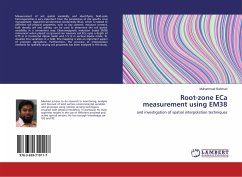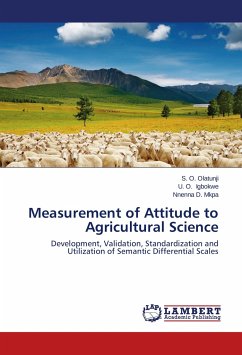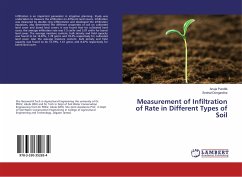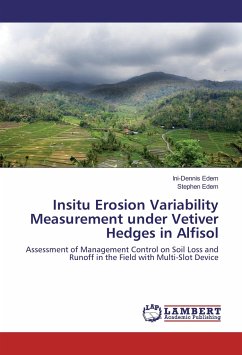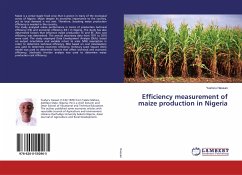Measurement of soil spatial variability and identifying field-scale heterogeneities is very important from the perspective of site specific crop management. Apparent soil electrical conductivity (ECa), which is related to different soil physical properties, such as clay content, moisture content, bulk density, pH and salinity, can be used to determine the soil spatial variability in a convenient way. Electromagnetic induction based EM38 instrument when placed on ground can measure soil ECa upto a depth of 0.75 m in horizontal dipole mode and 1.5 m in vertical dipole mode. To visualize ECa variations in a field, ECa mapping is also an important aspect of precision agriculture. Furthermore, the accuracy of interpolation methods for spatially varying soil properties has been analysed in this study.

